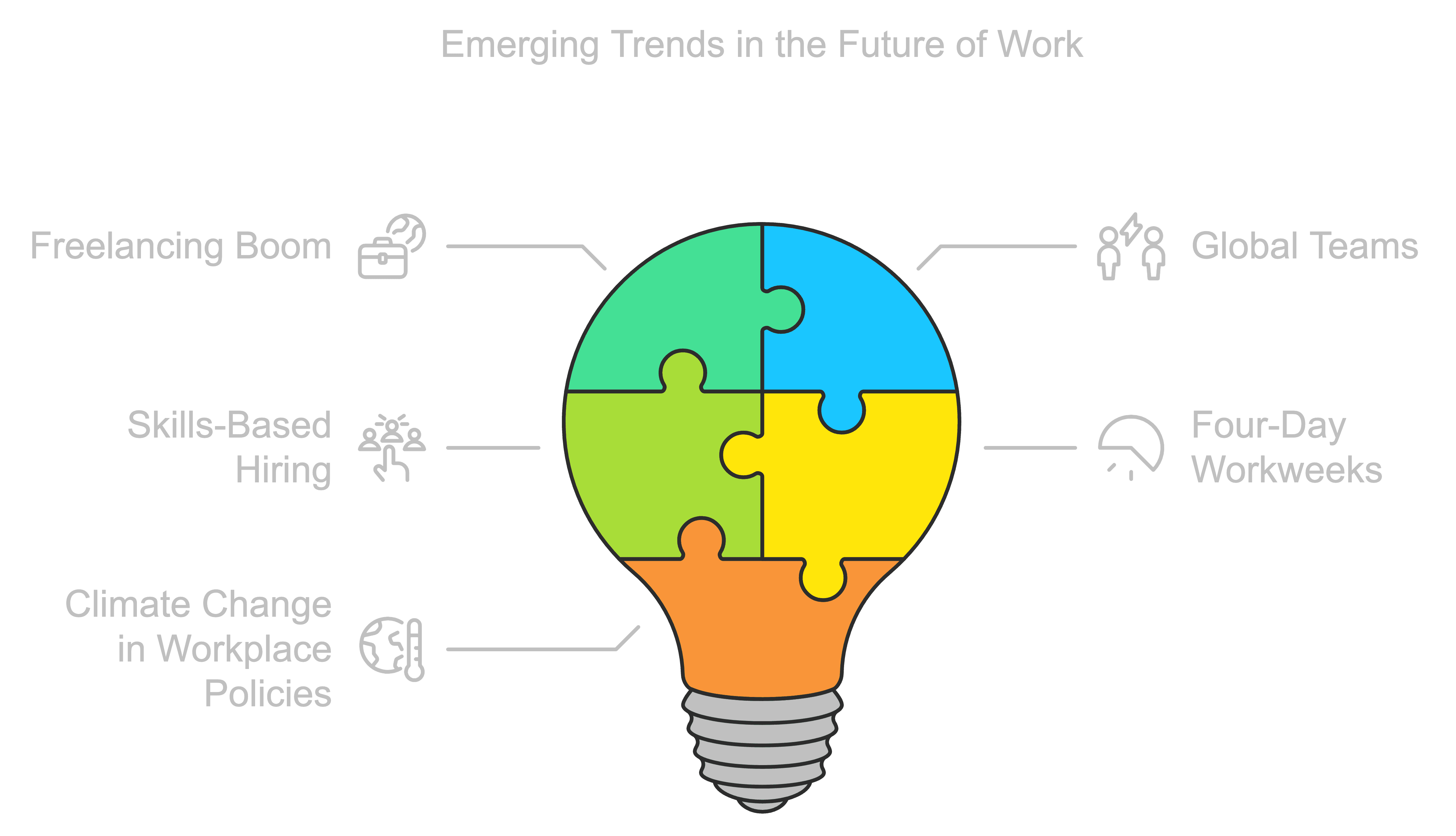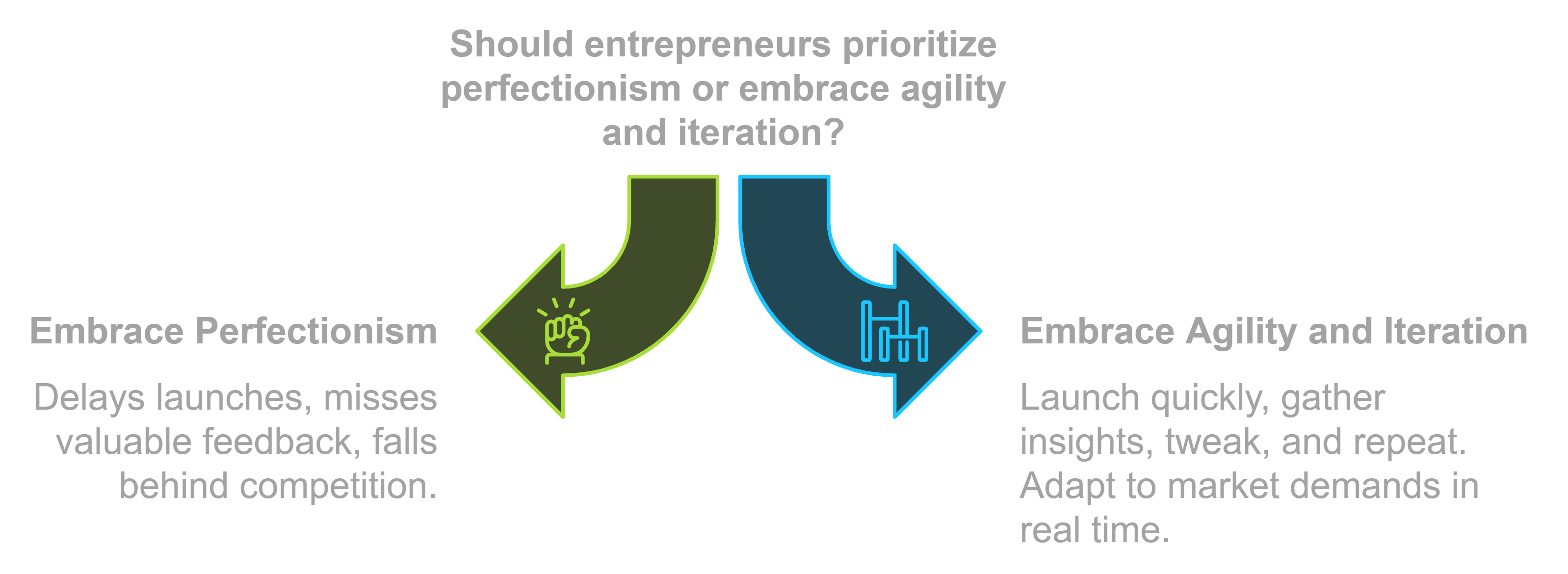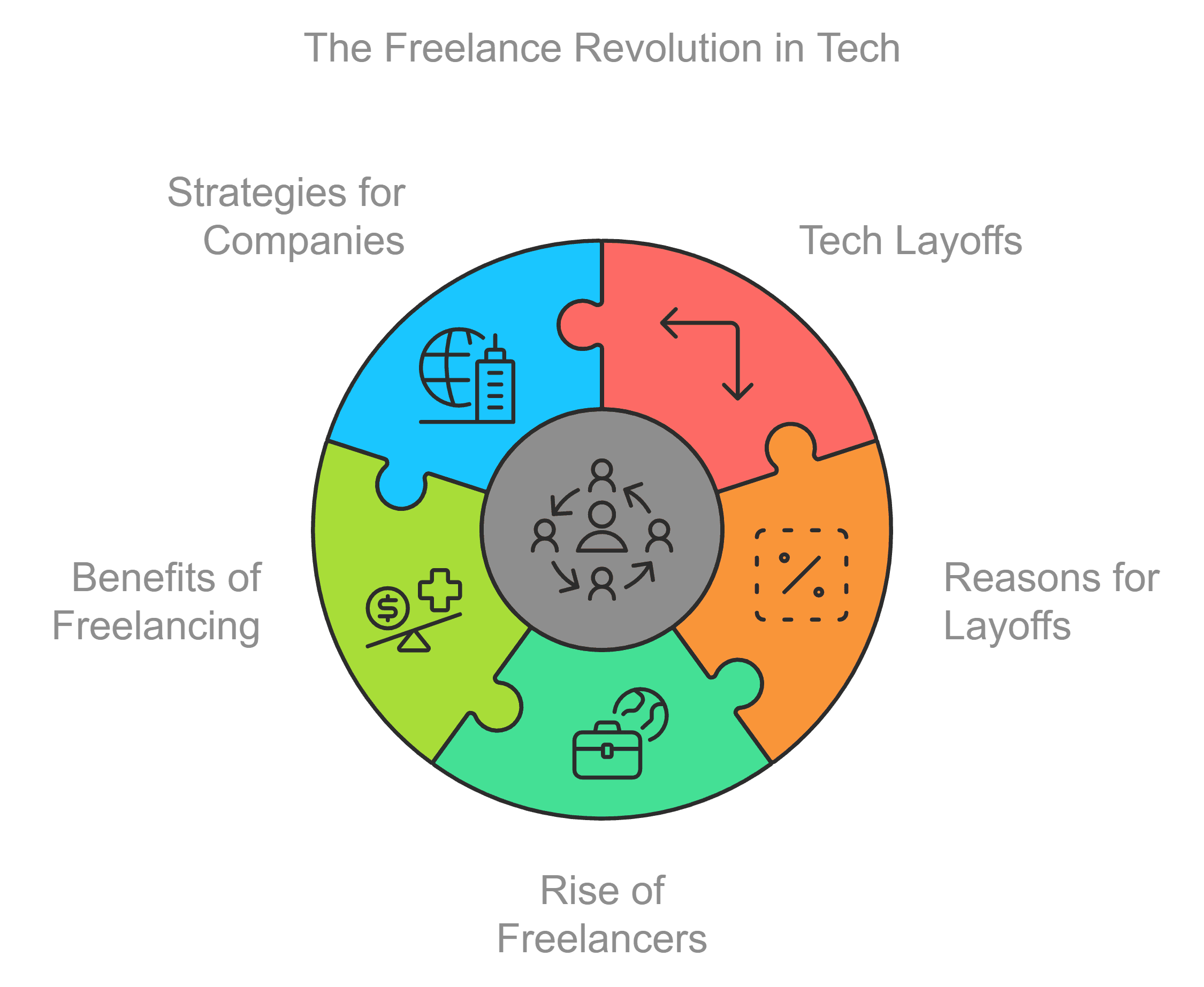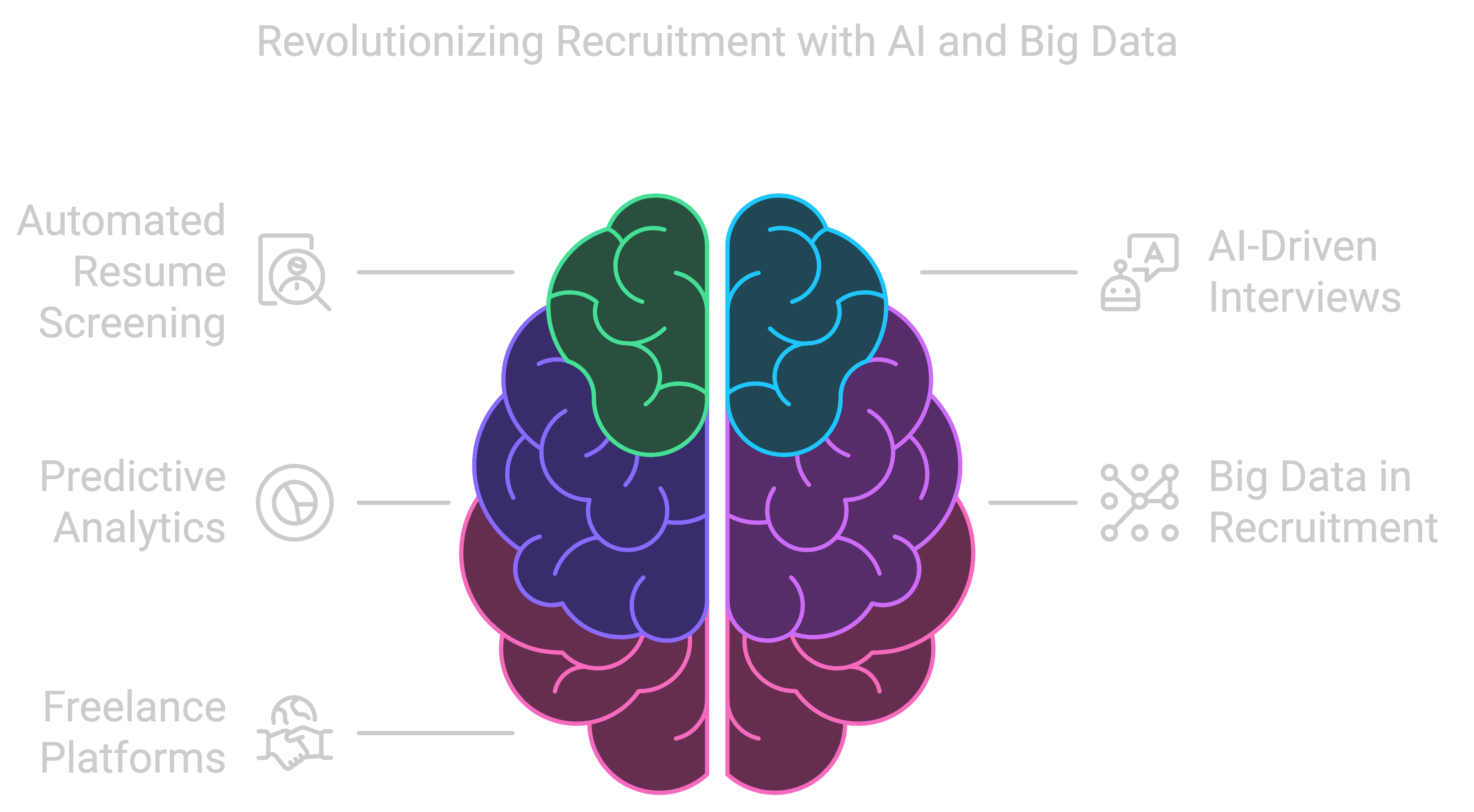23 septembre 2024
The Future of Work : Trends You Haven’t Heard Yet
Imagine this: a world where freelancing is mainstream, teams are working across multiple time zones, and your next job might not even ask about your degree. Sounds futuristic? Well, it’s happening right now in 2024! But while everyone’s talking about AI and remote work, there’s more going on under the surface. Let’s explore the trends you haven’t heard about yet.
Picture this: A futuristic office space where people from around the globe are connected through digital screens, freelancers dialing in from cozy home offices, and employees managing projects with hidden tools like Notion, Zapier, and Miro—making collaboration smoother than ever.
1. The Freelancing Boom: It’s Not Just for Side Gigs Anymore
Freelancing is officially in the big leagues. In 2024, it’s not just for side hustles—it’s become a legitimate career option for professionals in industries like tech, marketing, AI, and design. People are drawn to it for the freedom, higher earnings, and control over their work schedules.
Why Freelancing is Taking Off: Businesses love freelancers because they can fill specific needs without hiring full-time staff. A report from Statista showed that by 2023, there were over 70 million freelancers in the U.S., and that number keeps climbing as companies see the benefits.
What’s in It for Businesses? Companies can hire experts quickly and for specific projects, without the overhead of full-time salaries. Freelancers are just a click away on platforms like Upwork and Fiverr, helping businesses stay agile.
Hidden Tools: Freelancers often rely on productivity powerhouses like Toggl for time tracking, Slack for communication, and Trello for project management, giving them an edge in staying organized.
2. Global Teams: The 24/7 Workforce
While remote work has become standard, the idea of global teams is the next big leap. Businesses are no longer limited to hiring from their local area; instead, they’re building teams from all over the world. This way, work can literally continue around the clock.
Why This Matters: With collaboration tools like Slack, Zoom, and Asana, managing global teams is a breeze. Imagine a designer in New York handing off their work to a developer in India, and the project never stops moving.
How It Works: Hiring talent from different countries helps businesses cut costs and tap into diverse perspectives. A Gartner study showed that 58% of companies with global teams saw a boost in innovation and productivity.
Hidden Tools: Companies managing global teams often use Loom for recording messages across time zones, and GitHub to coordinate work between developers across the globe.
3. Hiring for Skills, Not Degrees
Here’s a trend that’s changing the game: skills-based hiring. In 2024, companies are focusing more on what you can do, not where you went to school. That means if you have the skills, you’re in—whether or not you’ve got a degree on your resume.
Why It’s a Big Deal: In fields like tech, hands-on experience is worth more than a diploma. LinkedIn’s Global Talent Trends Report for 2023 revealed that 45% of employers are prioritizing skills over degrees in their job listings.
What This Means for You: This trend opens up high-paying jobs for people without traditional education. Platforms like Coursera, Udemy, and Skillshare are making it easier to learn new skills and jump into fields like coding, marketing, or data analysis.
Hidden Tools: Skills-based hiring platforms like TestGorilla help companies assess candidates based on real-world tasks, while Kaggle is a great place to show off your skills in data science competitions.
4. Four-Day Workweeks: Not Just a Fad
The idea of a four-day workweek is gaining serious momentum. What started as an experiment is now becoming a real option for companies that want to boost productivity and reduce burnout.
Why It’s Working: Studies show that reducing the workweek can actually increase productivity. Microsoft Japan tried it and saw a 40% productivity boost. Their employees were more engaged, took fewer sick days, and reported feeling more refreshed.
Hidden Tools: Companies using a four-day workweek often rely on tools like Notion to stay hyper-organized, and Zapier to automate repetitive tasks, ensuring that less time doesn’t mean less work getting done.
5. Climate Change as a Workplace Concern
This trend is just starting to get traction, but it’s becoming more important—companies are recognizing that climate change impacts their workforce and are beginning to offer benefits that address it.
Why It Matters: From disaster preparedness plans to extended leave policies, companies are adjusting to a world where natural disasters are more common. Gartner’s 2024 Future of Work Report highlights how some organizations are starting to integrate climate-related protections into their HR strategies.
Looking Ahead: As sustainability becomes a business priority, companies offering climate-related benefits will stand out as leaders, not just for their environmental impact but also for supporting employees in difficult times.
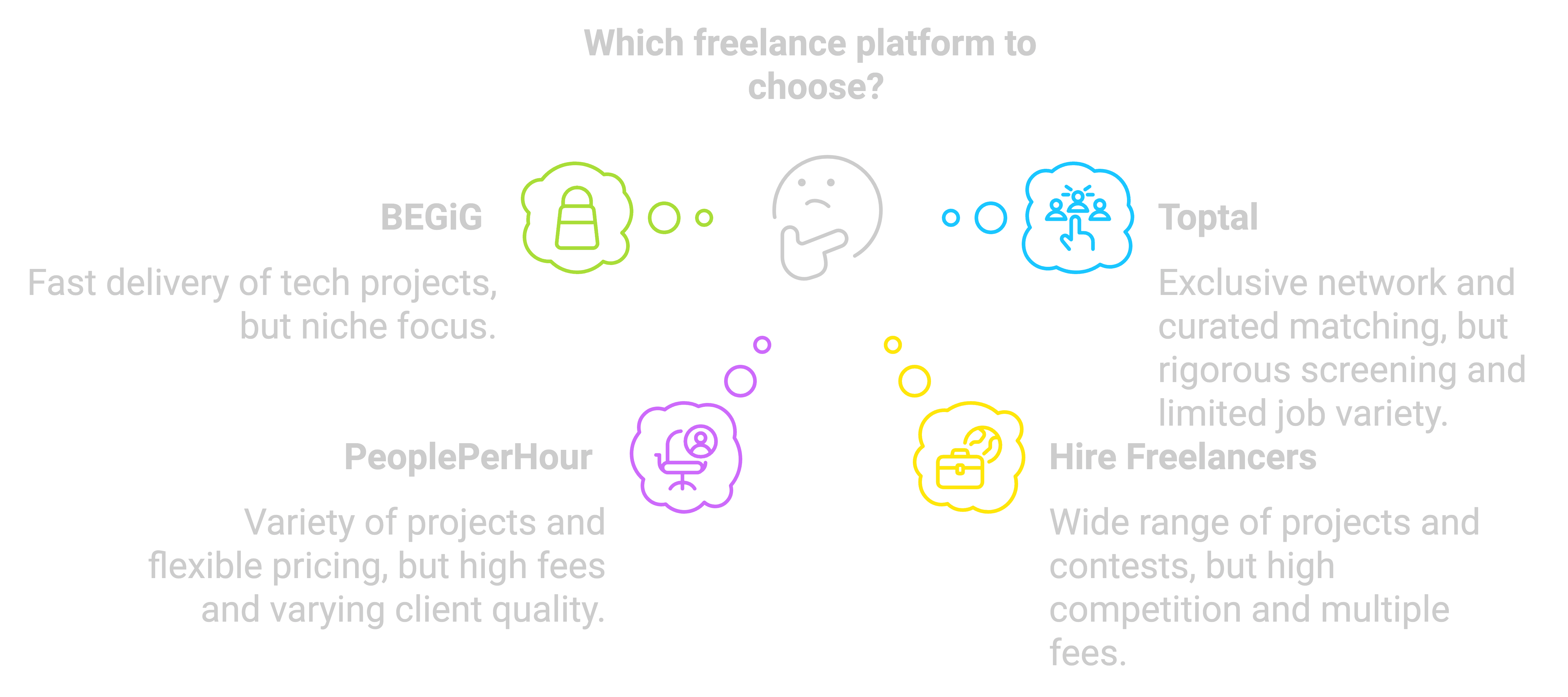
Conclusion: Staying Ahead of the Curve
The future of work isn’t just about the flashy trends like hybrid work or AI—it’s about understanding the deeper shifts, like freelancing going mainstream, global teams working 24/7, and hiring based on skills instead of degrees. By tapping into these hidden tools and trends, both businesses and workers can adapt to a world that’s evolving faster than ever.
References
https://business.linkedin.com/talent-solutions/global-talent-trends
https://news.microsoft.com/en-jp/2019/11/04/191104-ms-japan-wlc/
https://www.gartner.com/en/newsroom/press-releases/2023-08-09-future-of-work-trends-climate-change
https://www.statista.com/statistics/921593/gig-economy-number-of-freelancers-us/
